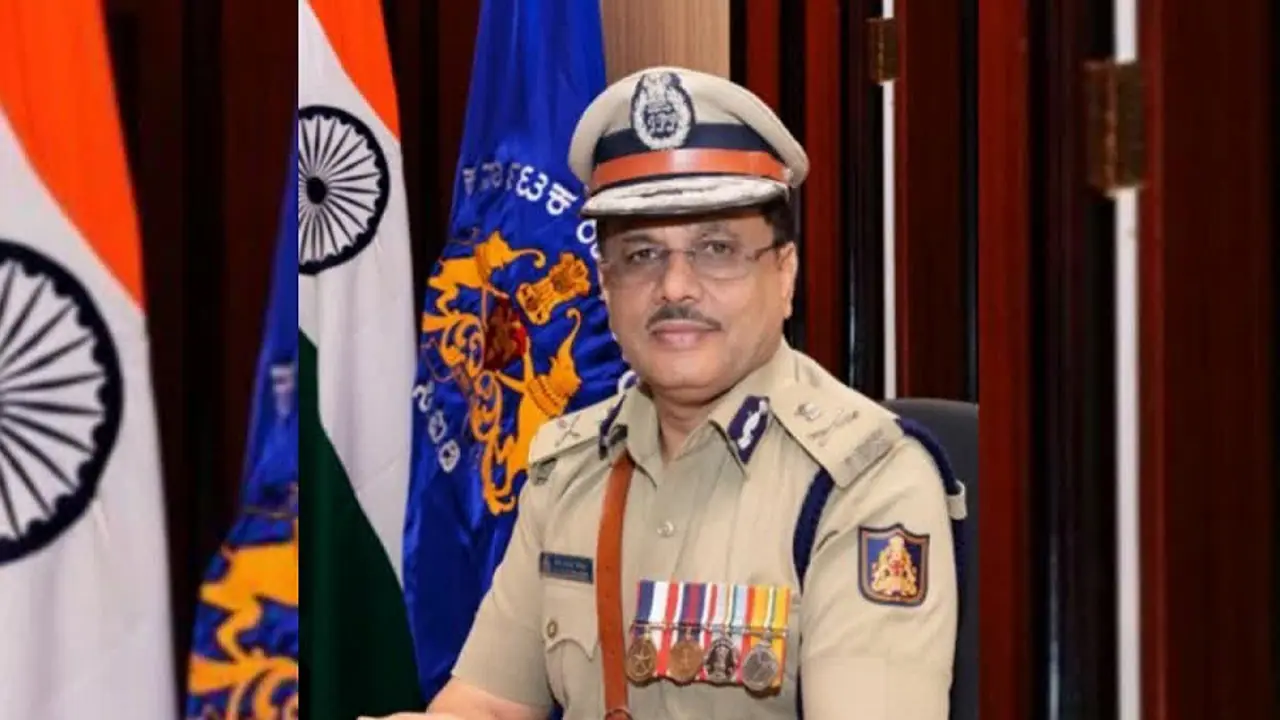After a child died during a traffic check in Mandya, Karnataka, DGP M.A. Saleem issued strict guidelines: no stopping vehicles without visible violations, no key seizures, mandatory body cams, and use of tech for enforcement.
Bengaluru: Following a recent incident in Mandya district where a child died in an accident during a traffic police vehicle inspection, the state's Director General of Police has issued several instructions regarding vehicle checks by traffic police on the roads.

In a circular issued on Saturday, DGP-IGP Dr MA Saleem stated that vehicles should not be stopped and inspected unless there is a visible traffic violation. Body-worn cameras must be used during vehicle inspections. He strictly instructed that police should not suddenly stop vehicles on the road or seize vehicle keys.
Instructions
- Police should not stop and inspect vehicles for document verification without a valid reason.
2. Vehicle checks should only be conducted if visible traffic violations are observed. These factors should be considered when filing cases:
(a) Barricades should not be placed in a zig-zag pattern on highways to stop vehicles.
(b) Vehicles should not be stopped abruptly.
(c) Pillion riders should not be pulled or dragged, and vehicle keys should not be snatched.
3. High-speed vehicles should not be chased. Cases should be registered and pursued based on the vehicle's registration number.
4. Police must wear reflective jackets for their safety when registering cases against traffic violators or inspecting vehicles. LED batons should be used in the evenings, and body-worn cameras are mandatory.
5. Cases should be registered through contactless enforcement by the Traffic Management Centre or the Intelligent Traffic Management System (ITMS) unit.
6. Public awareness campaigns should be conducted to promote adherence to traffic rules.
7. Vehicles travelling at high speeds on national and state highways or other roads should not be stopped under any circumstances. Technology-based rules should be used to register STVRs (Speed Traffic Violation Reports) against such vehicles.
8. Reflective rubber cones and safety equipment should be placed 100–150 metres before the inspection point to slow down vehicles.
9. Vehicle inspections are advised near traffic signals or junctions at night and late at night.
10. Checkpoints by law and order police should not be set up on highways. Cooperation from traffic police must be sought for ensuring safety during inspections.

